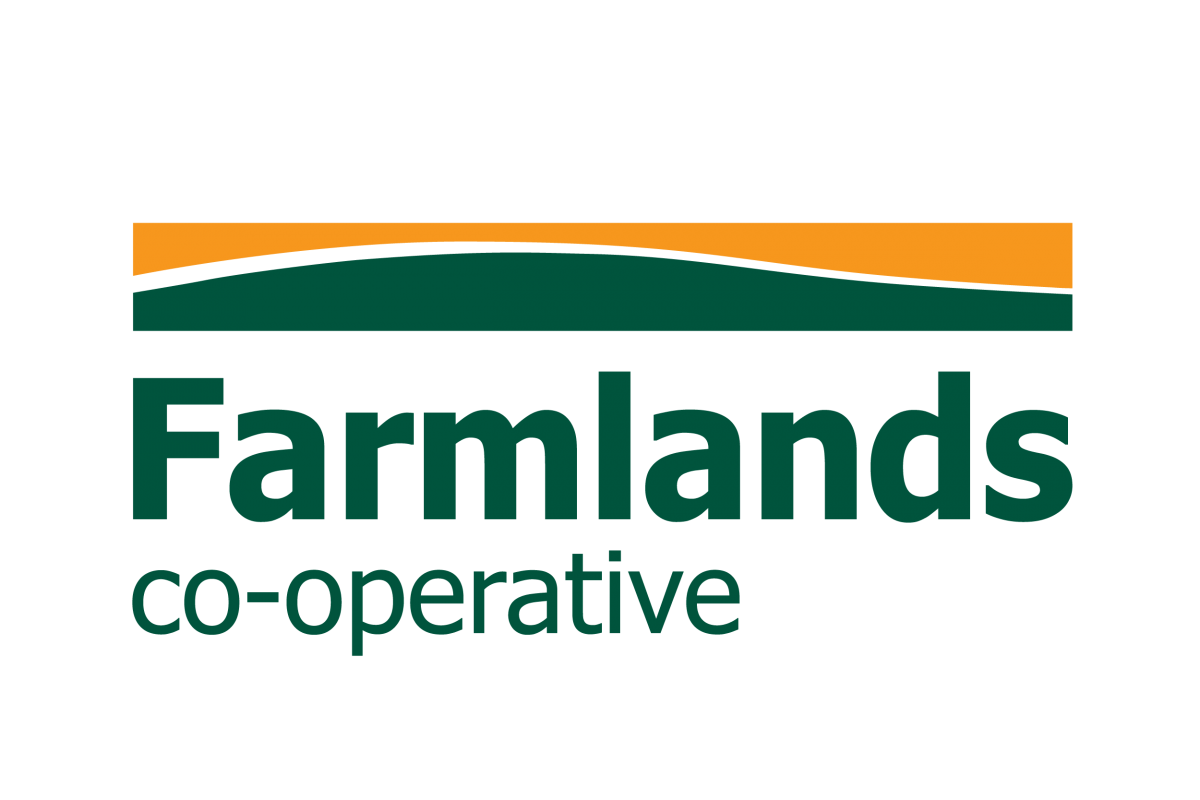Executive Summary
The New Zealand Kiwifruit industry has a unique background and history; from 1928 when Hayward Wright developed the “Hayward” variety, to our first exports to England in 1952.
Rapid expansion in the 1970’s, followed a crisis in the mid to late 1980’s as a result of large crop volumes beyond market demand. In 1997, Zespri International Limited was formed as a global marketer of New Zealand Kiwifruit.
Since then the industry has gone from strength to strength. However, in November 2010 the industry was hit by the bacteria PSA which wiped out the gold cultivar Hort 16A and threatened the future of the kiwifruit industry. The industry faced major challenges to overcome PSA, but a united approach has seen PSA overcome and confidence return.
In the same manner that succession planning is discussed on orchard, succession planning in the post-harvest industry is an area that needs to be looked at further. Not only is the age demographic of orchard ownership increasing, but also in the post-harvest sector.
The rationale behind my report is to examine succession planning in the post-harvest sector. This report looks at the importance of succession planning in the post-harvest kiwifruit sector. As we go from “survival to succession” how we attract, retain and grow people becomes a critical success factor.
My aim is to look specifically at the Post-Harvest sector and examine succession planning, compare this against current literature and provide a list of recommendations that the sector can use to implement, or fine tune their current succession planning strategies.
In order to obtain data and information for the report, I interviewed senior managers from eight post-harvest facilities representing 95% of the kiwifruit packing and cool store capacity in New Zealand. I then undertook analysis of their responses to generate key themes around succession planning.
Several outcomes came from the interviews. First and foremost was around people and the importance of attracting, retaining and growing them. Second was that each organisation had some form of succession planning in place. This varied from informal and ad-hoc to formalised planning that is discussed regularly and executive level. Third was that many people are involved in succession planning from the CEO, Human Resources general manager and the individual team member.
I recommend that succession planning encompass the entire organisation, that some form of formal succession planning strategy and structure is in place and that organisations in the post-harvest sector need to be clear on “why” people should seek a career in their industry; specifically the millennials must be convinced of a career within the industry.
I am a fourth generation kiwifruit orchardist in the Bay of Plenty and have owned my own orchard since 2004. I also work in the post-harvest kiwifruit sector and have great confidence in the industry. However, I am aware of the issues the industry faces around attracting and retaining the best people available.
Cameron Hill
![]() Succession Planning in the Post Harvest Kiwifruit Industry – Cameron Hill
Succession Planning in the Post Harvest Kiwifruit Industry – Cameron Hill


























